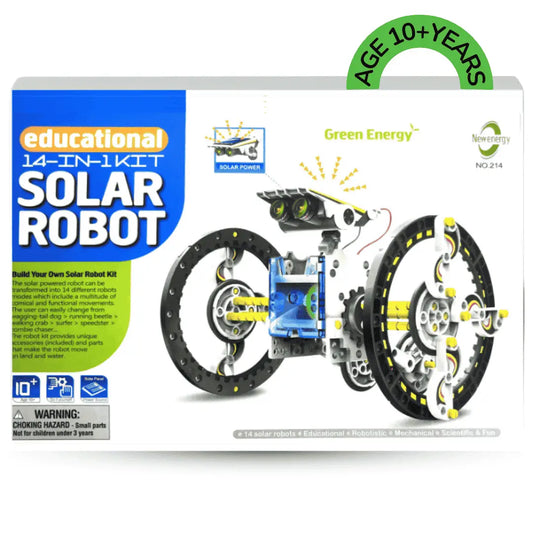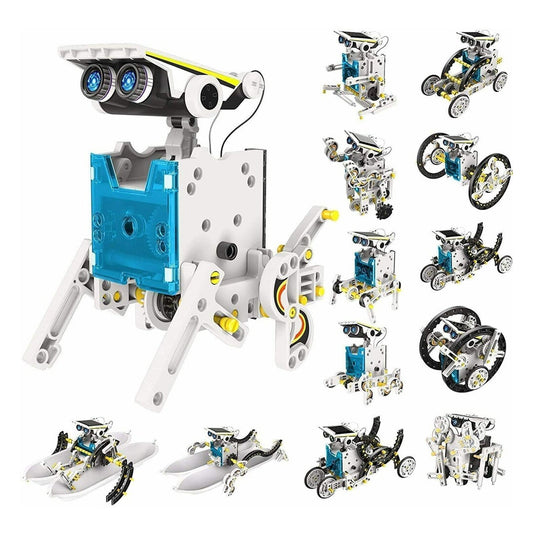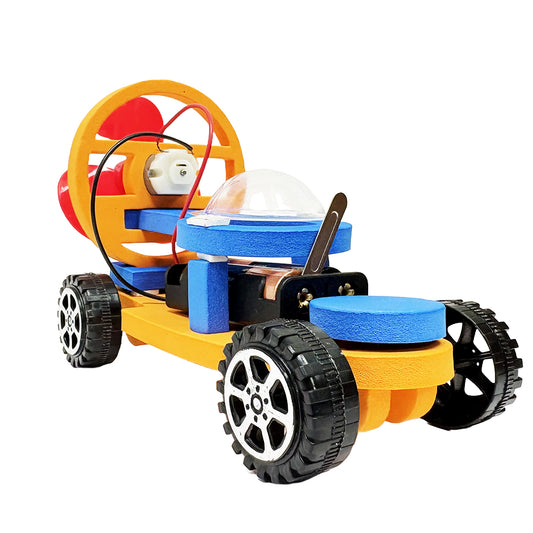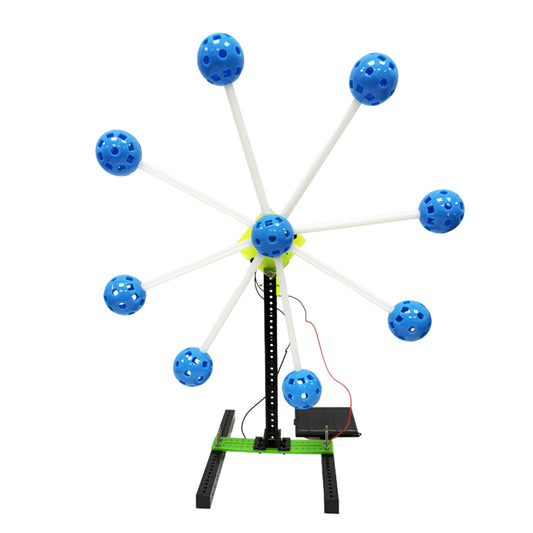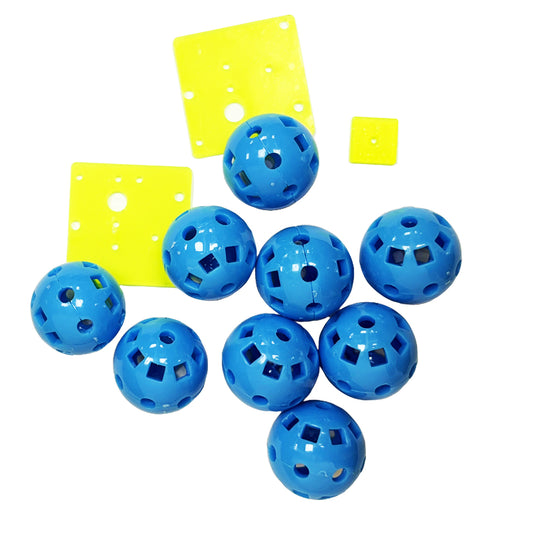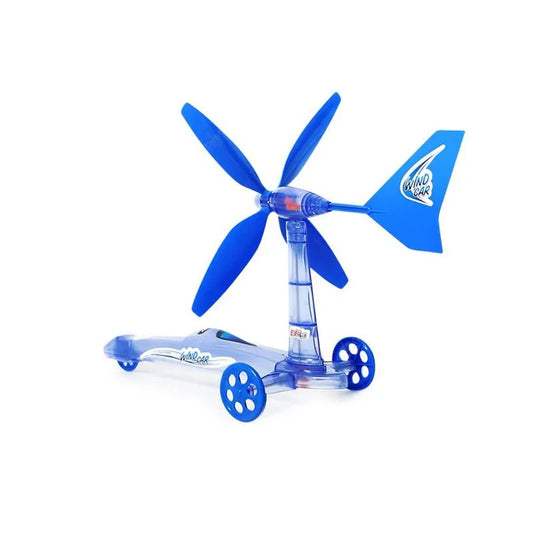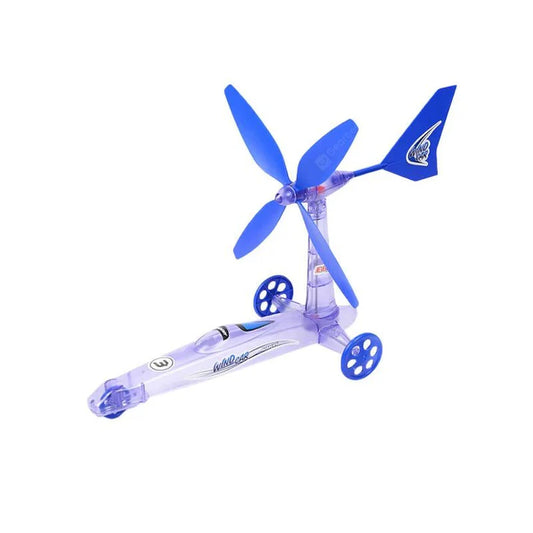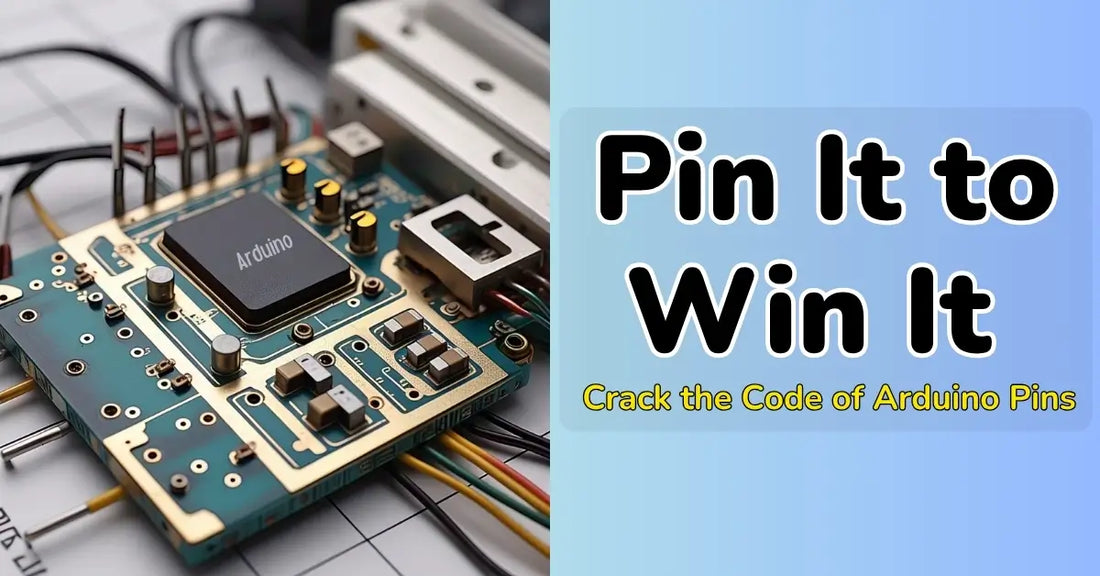
Pin It to Win It: Crack the Code of arduino pins
IEM RoboticsTable of Content
- What are Arduino pins?
- The digital pins in arduino uno
- The arduino uno pin diagram
- Analog Pins: Reading signals
- What is PWM?
- Power Pins: Providing Ground and Voltage
- Special-purpose pins and protocols for communication
- Things to keep in mind when buying Arduino pins
- Troubleshooting
- Real-world applications with Arduino pins
- Conclusion
The tangle of arduino pins along the board's sides is one of the first things you'll notice when you start learning Arduino. You've probably heard of the Arduino if you've ever wanted to construct a robot from scratch, automate a device, or make your gizmo. The foundation of the maker movement, this tiny yet powerful microcontroller board enables engineers, students, and amateurs to realize their imaginative concepts. Whether you're operating motors, reading sensors, or turning on LEDs, these small connectors link your code and the real world.
Building dependable, practical do-it-yourself electronics projects requires understanding how Arduino pins function. Consider the pins to be the limbs and senses of your Arduino. While some pins are used to do action, such as turning on an LED or setting off a buzzer, others read data from the outside world, such as light, temperature, or pressure. Even specific pins that manage communication with other devices via protocols like Serial, SPI, or I2C are included. They might look complicated, but this guide explains everything about them, from what they are to what they do and how to use them effectively. Arduino Uno is the most commonly used one; however, the basics of the pin mechanisms work for everything.
What are Arduino pins?
These pins are electrical connectors that allow you to interface with the displays, sensors, and actuators. The arduino uno pinout includes 14 digital pins, six analog inputs, a power jack, a USB port, and an ICSP header. Different pins are used depending on their functionality.
● Digital pins
● Analog pins
● Power pins
● PVM pins
● Pins for special functions
You can control these pins to read or send signals based on your code, allowing your board to interact with the physical world.
The digital pins in arduino uno
The easiest pins on an Arduino are the digital pins. They have two possible states: LOW (off) or HIGH (on). Pins 0 through 13 on the Arduino Uno are identified as digital. The following are the functions for digital pins:
● Turning an LED on and off
● Detecting if a button is pressed or not
● Sending signals to buzzers or relays
Here is a sample code to blink an LED on pin 13:
int ledPin = 13;
void setup() {
pinMode(ledPin, OUTPUT);
}
void loop() {
digitalWrite(ledPin, HIGH); // Turn LED on
delay(1000);
digitalWrite(ledPin, LOW); // Turn LED off
delay(1000);
}
Input vs output:
PinMode (pin, INPUT): reads information from buttons or sensors.
pinMode(pin, OUTPUT): transmit signals to motors, LEDs, and other devices.
PinMode (pin, INPUT_PULLUP) turns on an inbuilt pull-up resistor for inputs such as buttons.
The arduino uno pin diagram
 The Arduino pins diagram facilitates comprehension of the board's operation by visually depicting the pin locations and functions. It also makes connecting external components to the Arduino easier by assisting in identifying the different digital and analog connections and the power and ground pins.
The Arduino pins diagram facilitates comprehension of the board's operation by visually depicting the pin locations and functions. It also makes connecting external components to the Arduino easier by assisting in identifying the different digital and analog connections and the power and ground pins.
Analog Pins: Reading signals
The Arduino can sense voltage levels other than HIGH or LOW thanks to the Analog pins (A0–A5 on the Uno). They give back numbers between 0 and 1023, corresponding to voltage levels between 0 and 5 volts. The following are the functions for analog pins:
● Read the light intensity
● Read the temperature
● Read the position
Here is a sample code for reading an analog value and printing it to the serial monitor:
int sensorPin = A0;
int sensorValue = 0;
void setup() {
Serial.begin(9600); }
void loop() {
sensorValue = analogRead(sensorPin);
Serial.println(sensorValue);
delay(500); }
Stimulate the Analog output with Analog pins
What is PWM?
Using pulse width modulation (PWM), digital pins can simulate analog output by rapidly switching between HIGH and LOW states. On the Arduino Uno, PWM-capable pins are marked with a tilde (~), typically found on pins 3, 5, 6, 9, 10, and 11.
The following are the functions for these pins:
● Dim the LEDs
● Control motor speed
● Generate an audio signal
Here is a sample code for dimming the LED using PWM
int ledPin = 9;
void setup() {
pinMode(ledPin, OUTPUT);
}
void loop() {
for (int i = 0; i <= 255; i++) {
analogWrite(ledPin, i); // Increase brightness
delay(10);
}
}
Power Pins: Providing Ground and Voltage
3.3V: Provides 3.3 volts, which some sensors require.
Ground connection, or GND. Need for every whole circuit.
VIN: The voltage input from an external power source, such as a 9V battery.
Data is not used with these pins. They are essential to finishing your circuits and are used for power delivery.
Special-purpose pins and protocols for communication
Some arduino pins have other various uses. Following is the list of some special-purpose pins.
1. Pins 0 and 1: Serial Communication (UART): Pins 0 (RX) and 1 (TX) allow serial communication. They establish a USB connection between your Arduino and computer to upload sketches and communicate with the Serial Monitor. Do not use pins 0 and 1 for sensors or actuators when uploading code.
2. SPI Pins: SPI (Serial Peripheral Interface) is used for high-speed communication with gadgets like SD cards, screens, or sensors.
3. 12C pins: it is a protocol that allows two wires to be used to communicate with many devices:
- Serial Data (SDA) (A4)
- SCL: Serial Clock (A5)
- Real-time clocks, LCDs, and sensors all frequently use it.
4. Internal pull-up resistor: Using internal pull-up resistors on Arduino digital pins allows for button wiring. Here is a sample code for pushing a button without an external resistor:
const int buttonPin = 2;
void setup() {
pinMode(buttonPin, INPUT_PULLUP);
}
void loop() {
if (digitalRead(buttonPin) == LOW) {
// Button pressed
}
}
Things to keep in mind when buying Arduino pins
Here are some things you should keep in mind when working with Arduino pins:
1. Do not overload the pins. Each pin's maximum current can be managed at 40mA. When necessary, use drivers, transistors, or resistors.
2. Use breadboards for prototyping. Do not solder directly to the board unless you are sure your circuit works.
3. Label the wires: Your circuits will get more complex, hence labelling your wires reduces debugging time.
4. Do not use the built-in LED on pin 13 for final outputs. It is coupled to an onboard LED and can result in unexpected behavior.
Troubleshooting
Problem 1: Is the pin not reacting?
Check the following:
- Your configuration of pinMode()
- Wiring (missing or loose cables)
- If you're correctly utilizing an analog-only function or PWM
Problem 2: Weak output or flickering?
It could be because of the following:
- Using excessive amounts of current
- Problems with ground loops
- A malfunctioning power source
Problem 3: Does the serial monitor not function?
Ensure no external components use pins 0 or 1 when communicating.
Real-world applications with Arduino pins
When working with Arduino projects, understanding how many pins in arduino uno has is fundamental. An Arduino Uno board typically features 14 digital input/output pins (6 can be used as PWM outputs) and six analog inputs. These pins are your interface for connecting various components and building circuits. Here are a few examples of practical uses that demonstrate how these pins work together:
● Smart home: Digital pins control relays for fans and lights in smart home projects, whereas analog pins monitor temperature, humidity, and light levels.
● Robotics: In robotics, PWM pins regulate motor speed, analog pins are used for feedback sensors, and I2C is used to read distance sensors.
● Wearables: Analog pins for soft pressure sensors; digital pins for RGB LEDs.
● Data logging: Write sensor data to SD cards via SPI ports.
Every project uses the pins' power to read, reply, and react to the Arduino's surroundings.
Conclusion
Despite their seemingly small size, arduino pins are essential to any project you work on. They are how your microcontroller perceives the environment, decides what to do, and acts. Every pin type, from basic digital I/O to intricate communication protocols like SPI and I2C, has a distinct function, and knowing how to use them allows you to utilize the Arduino platform fully. Building dependable and imaginative electronics projects requires a solid understanding of the roles of digital, analog, PWM, power, and special-purpose pins.
It all depends on how well you use your pins, whether you're driving a motor, detecting temperature, lighting up an LED, or interacting with sensors and modules. Arduino's ability to make advanced electronics accessible is its most significant feature. You can create interactive art, smart devices, home automation systems, and much more with a breadboard, a few components, and a basic understanding of pins. Therefore, feel empowered instead of overwhelmed when you gaze at your Arduino board's rows of pins. You now understand that every pin represents an opportunity waiting to be discovered.

